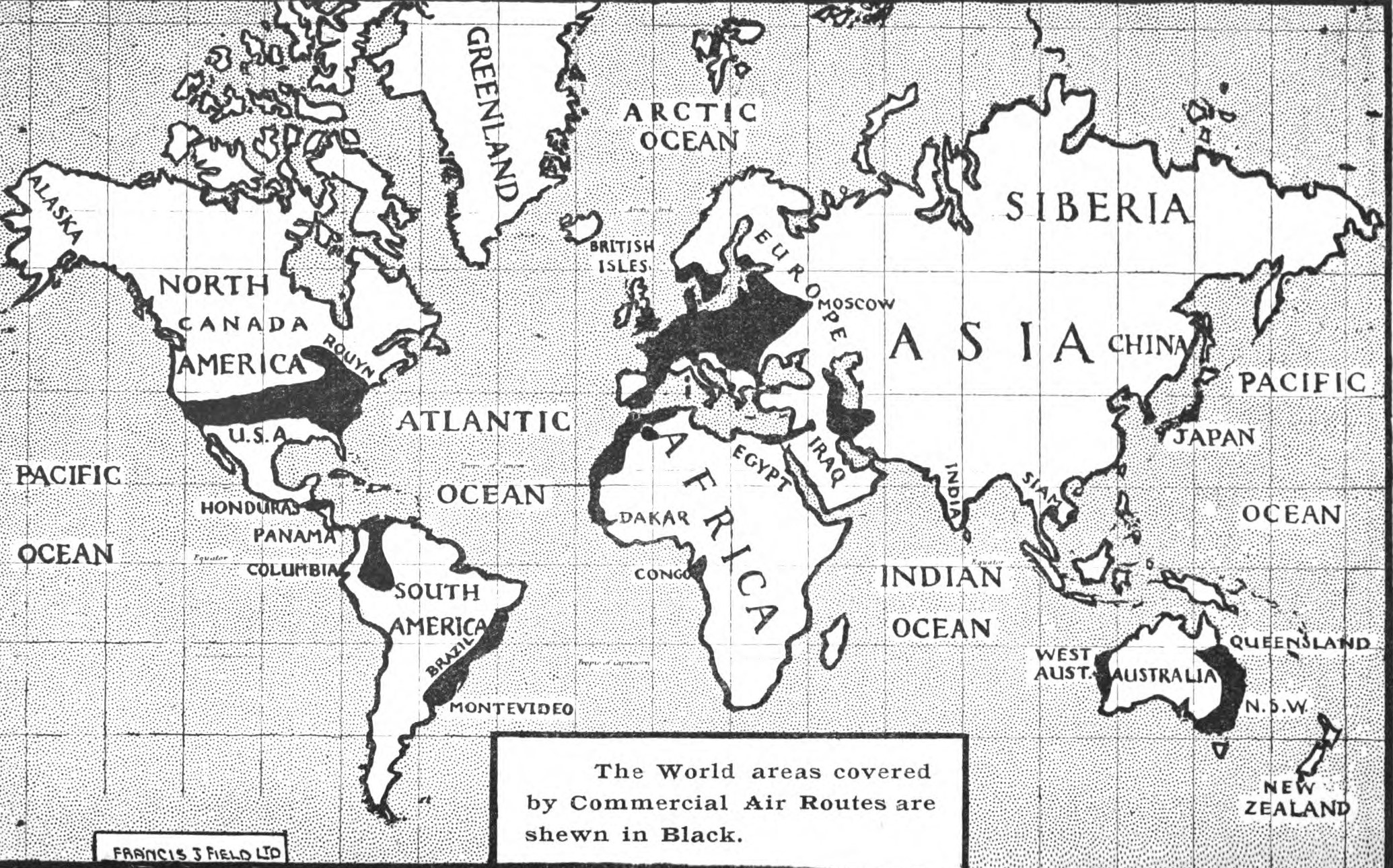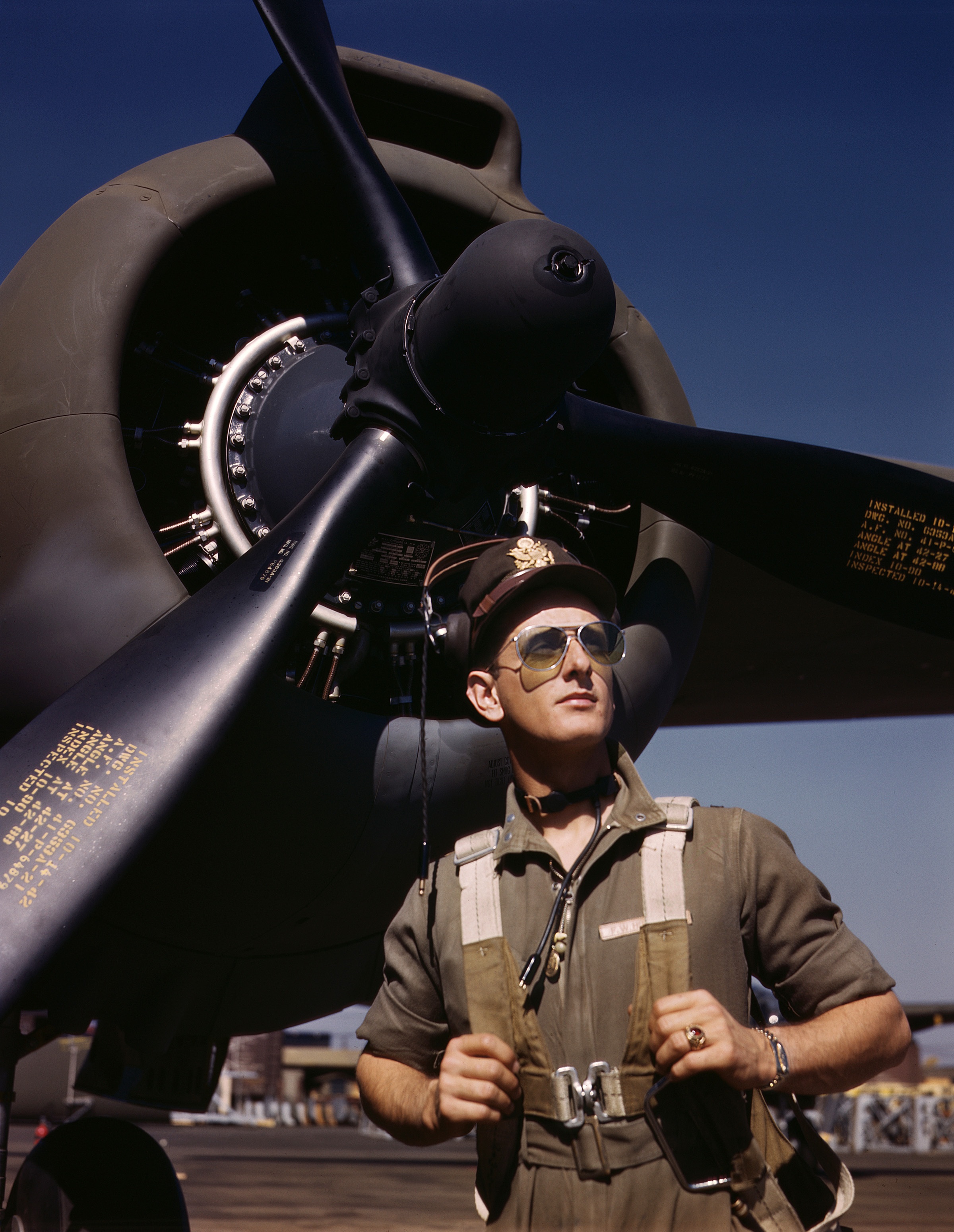|
Aviation Museum
An aviation museum, air museum, or air and space museum is a museum exhibiting the history and cultural artifacts, artifacts of aviation. In addition to actual, replica or accurate reproduction aircraft, exhibits can include photographs, maps, Physical model, models, dioramas, clothing and equipment used by aviators. Aviation museums vary in size from housing just one or two aircraft to hundreds. They may be owned by national, regional or local governments or be privately owned. Some museums address the history and artifacts of space exploration as well, illustrating the close association between aeronautics and astronautics. Many aviation museums concentrate on military or civil aviation, or on aviation history of a particular era, such as Aviation in the pioneer era, pioneer aviation or Aviation between the World Wars, the succeeding "golden age" between the World Wars, aircraft of World War II or a specific type of aviation, such as gliding. Aviation museums may display their ... [...More Info...] [...Related Items...] OR: [Wikipedia] [Google] [Baidu] |
Aeronautics
Aeronautics is the science or art involved with the study, design process, design, and manufacturing of air flight-capable machines, and the techniques of operating aircraft and rockets within the atmosphere. While the term originally referred solely to ''operating'' the aircraft, it has since been expanded to include technology, business, and other aspects related to aircraft. The term "aviation" is sometimes used interchangeably with aeronautics, although "aeronautics" includes lighter-than-air craft such as airships, and includes ballistic vehicles while "aviation" technically does not. A significant part of aeronautical science is a branch of dynamics (mechanics), dynamics called aerodynamics, which deals with the motion of air and the way that it interacts with objects in motion, such as an aircraft. History Early ideas Attempts to fly without any real aeronautical understanding have been made from the earliest times, typically by constructing wings and jumping from ... [...More Info...] [...Related Items...] OR: [Wikipedia] [Google] [Baidu] |
Aerospace Museums
Aerospace is a term used to collectively refer to the atmosphere and outer space. Aerospace activity is very diverse, with a multitude of commercial, industrial, and military applications. Aerospace engineering consists of aeronautics and astronautics. Aerospace organizations research, design, manufacture, operate, maintain, and repair both aircraft and spacecraft. The border between space and the atmosphere has been proposed as above the ground according to the physical explanation that the air density is too low for a lifting body to generate meaningful lift force without exceeding orbital velocity. This border has been called the Kármán line. Overview In most industrial countries, the aerospace industry is a co-operation of the public and private sectors. For example, several states have a civilian space program funded by the government, such as National Aeronautics and Space Administration in the United States, European Space Agency in Europe, the Canadian Space Agency ... [...More Info...] [...Related Items...] OR: [Wikipedia] [Google] [Baidu] |
Warbird
A warbird is any vintage military aircraft now operated by civilian organizations and individuals, or in some instances, by historic arms of military forces, such as the Battle of Britain Memorial Flight, the Royal Australian Air Force's No. 100 Squadron RAAF, No. 100 Squadron, or the South African Air Force Museum, South African Air Force Museum Historic Flight. Naming Although the term originally implied piston-driven aircraft from the World War II era, it is now often extended to include all airworthy former military aircraft, including Jet aircraft, jet-powered aircraft and helicopters. The several different types of warbirds include the Fighter aircraft, fighter, Trainer (aircraft), trainer, bomber, Jet aircraft, jet, Cargo aircraft, transport, utility, etc. Examples of aircraft types include the North American P-51 Mustang, Vought F4U Corsair, Curtiss P-40 Warhawk, North American B-25 Mitchell, Boeing B-17 Flying Fortress, North American T-6 Texan, Beechcraft T-34 Mento ... [...More Info...] [...Related Items...] OR: [Wikipedia] [Google] [Baidu] |
Air Show
An air show (or airshow, air fair, air tattoo) is a public event where aircraft are trade fair, exhibited. They often include aerobatics demonstrations, without which they are called "static air shows" with aircraft parked on the ground. The largest air show measured by number of exhibitors and size of exhibit space is Paris Air Show, Le Bourget, followed by Farnborough Airshow, Farnborough, with the Dubai Airshow and Singapore Airshow both claiming third place. The largest air show or fly-in by number of participating aircraft is EAA AirVenture Oshkosh, with approximately 10,000 aircraft participating annually. The biggest military airshow in the world is the Royal International Air Tattoo, at RAF Fairford in England. On the other hand, FIDAE in II Air Brigade of the Chilean Air Force, FACH, next to the Arturo Merino Benítez International Airport in Santiago de Chile, Santiago, Chile, is the largest aerospace fair in Latin America and the Southern Hemisphere. Outline Some ... [...More Info...] [...Related Items...] OR: [Wikipedia] [Google] [Baidu] |
Gliding
Gliding is a recreational activity and competitive air sports, air sport in which pilots fly glider aircraft, unpowered aircraft known as Glider (sailplane), gliders or sailplanes using naturally occurring currents of rising air in the atmosphere to remain airborne. The word ''soaring'' is also used for the sport. Gliding as a sport began in the 1920s. Initially the objective was to increase the duration of flights but soon pilots attempted cross-country flights away from the place of launch. Improvements in aerodynamics and in the understanding of weather phenomena have allowed greater distances at higher average speeds. Long distances are now flown using any of the main sources of rising air: Ridge Lift, ridge lift, thermals and lee waves. When conditions are favourable, experienced pilots can now fly hundreds of kilometres before returning to their home airfields; occasionally flights of more than are achieved. Some competitive pilots fly in races around pre-defined course ... [...More Info...] [...Related Items...] OR: [Wikipedia] [Google] [Baidu] |
World War II
World War II or the Second World War (1 September 1939 – 2 September 1945) was a World war, global conflict between two coalitions: the Allies of World War II, Allies and the Axis powers. World War II by country, Nearly all of the world's countries participated, with many nations mobilising all resources in pursuit of total war. Tanks in World War II, Tanks and Air warfare of World War II, aircraft played major roles, enabling the strategic bombing of cities and delivery of the Atomic bombings of Hiroshima and Nagasaki, first and only nuclear weapons ever used in war. World War II is the List of wars by death toll, deadliest conflict in history, causing World War II casualties, the death of 70 to 85 million people, more than half of whom were civilians. Millions died in genocides, including the Holocaust, and by massacres, starvation, and disease. After the Allied victory, Allied-occupied Germany, Germany, Allied-occupied Austria, Austria, Occupation of Japan, Japan, a ... [...More Info...] [...Related Items...] OR: [Wikipedia] [Google] [Baidu] |
Aviation Between The World Wars
Sometimes dubbed the Golden Age of Aviation, the period in the history of aviation between the end of World War I (1918) and the beginning of World War II (1939) was characterised by a progressive change from the slow wood-and-fabric biplanes of World War I to fast, streamlined metal monoplanes, creating a revolution in both commercial and military aviation. By the outbreak of World War II in 1939 the biplane was all but obsolete. This revolution was made possible by the continuing development of lightweight aero engines of increasing power. The jet engine also began development during the 1930s but would not see operational use until later. During this period civil aviation became widespread and many daring and dramatic feats took place such as round-the-world flights, air races and barnstorming displays. Many commercial airlines were started during this period. Long-distance flights for the luxury traveller became possible for the first time; the early services used airshi ... [...More Info...] [...Related Items...] OR: [Wikipedia] [Google] [Baidu] |
Aviation In The Pioneer Era
The pioneer era of aviation was the period of aviation history between the first successful powered flight, generally accepted to have been made by the Wright Brothers on 17 December 1903, and the outbreak of the First World War in August 1914. Once the principles of powered controlled flight had been established there was a period in which many different aircraft configurations were experimented with. By 1914 the tractor configuration biplane had become the most popular form of aircraft design, and would remain so until the end of the 1920s. The development of the internal combustion engine—primarily from their use in early automobiles even before the start of the 20th century—which enabled successful heavier-than-air flight also produced rapid advances in lighter-than-air flight, particularly in Germany where the Zeppelin company rapidly became the world leader in the field of airship construction. During this period aviation passed from being seen as the preserve of ec ... [...More Info...] [...Related Items...] OR: [Wikipedia] [Google] [Baidu] |
Astronautics
Astronautics (or cosmonautics) is the practice of sending spacecraft beyond atmosphere of Earth, Earth's atmosphere into outer space. Spaceflight is one of its main applications and space science is its overarching field. The term ''astronautics'' (originally ''astronautique'' in French language, French) was coined in the 1920s by J.-H. Rosny aîné, J.-H. Rosny, president of the Académie Goncourt, Goncourt academy, in analogy with aeronautics. Because there is a degree of technical overlap between the two fields, the term aerospace is often used to describe both at once. In 1930, Robert Esnault-Pelterie published the first book on the new research field. The term ''cosmonautics'' (originally ''cosmonautique'' in French) was introduced in the 1930s by Ary Abramovich Sternfeld, Ary Sternfeld with his book ''Initiation à la Cosmonautique'' (Introduction to cosmonautics) (the book brought him the Robert Esnault-Pelterie#Prix REP-Hirsch, Prix REP-Hirsch, later known as the Prix d'As ... [...More Info...] [...Related Items...] OR: [Wikipedia] [Google] [Baidu] |
Aviators
An aircraft pilot or aviator is a person who controls the flight of an aircraft by operating its directional flight controls. Some other aircrew members, such as navigators or flight engineers, are also considered aviators because they are involved in operating the aircraft's navigation and engine systems. Other aircrew members, such as drone operators, flight attendants, mechanics and ground crew, are not classified as aviators. In recognition of the pilots' qualifications and responsibilities, most militaries and many airlines worldwide award aviator badges to their pilots. Definition The first recorded use of the term ''aviator'' (''aviateur'' in French) was in 1887, as a variation of ''aviation'', from the Latin ''avis'' (meaning ''bird''), coined in 1863 by in ''Aviation Ou Navigation Aérienne'' ("Aviation or Air Navigation"). The term ''aviatrix'' (''aviatrice'' in French), now archaic, was formerly used for a female pilot. The term ''aviator'' (''aviateur'' in F ... [...More Info...] [...Related Items...] OR: [Wikipedia] [Google] [Baidu] |









